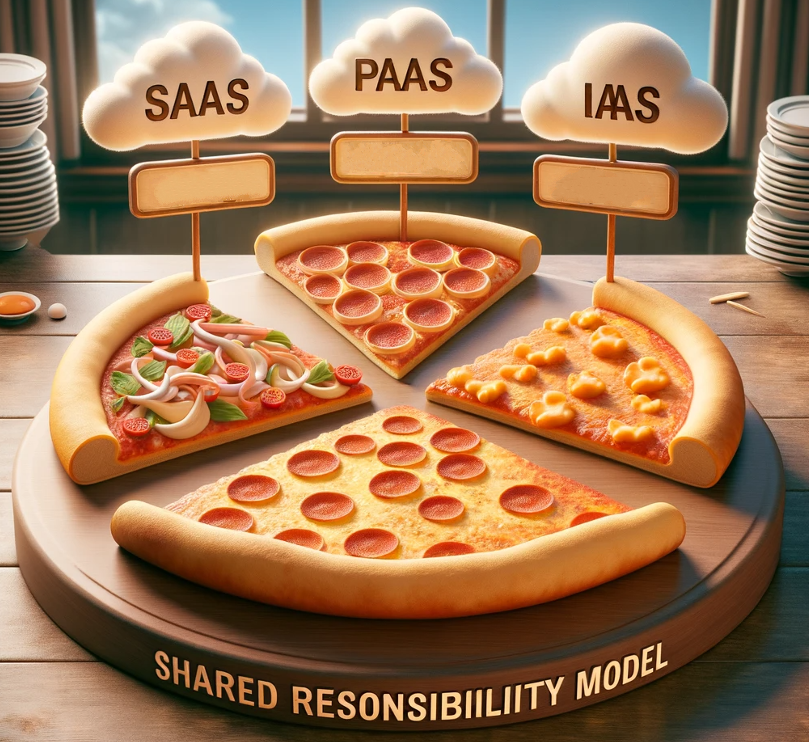A quiz in the Meraki Insiders program triggered my Sherlock Holmes sense to deep dive into the early days of Cisco Meraki. The origins of Meraki can be traced back to a project called Roofnet at MIT. About 1 billion people were connected to the internet back in 2007, while 5 billion more still needed connectivity. So how do we connect the next billion? The challenge lies on the last mile, where they needed to connect the end customer to the nearby towers or centrals. The rest of this post will explain the Meraki solution to solve this global challenge.
Fig.1 Meraki solutions in 2007
The existing solutions
Let's look at the existing solutions from back then. The most common approach in the US was using Wi-Fi distributed by access points installed in streetlight towers by the municipality. The cost to cover every area with Wi-Fi by this approach was proving to be ineffective, and the actual performance in the last mile was not acceptable without some kind of indoor repeater. Each AP cost $3500, not including installation. In terms of performance, some employees of Google had reported that they needed to keep the laptop by the window, if they were to have some acceptable signal.
Another alternative was subscribing to a dedicated DSL line, which provided better performance but at a considerably high monthly cost, more than $100 for each single installation. This solution required extensive infrastructure, making scaling problematic. This approach has had its share of success, as even today we see it implemented on the last mile towards the customer in many places in the world, including Denmark. However, the speed of deployment has been a challenge, similar to the one we face today with distribution of fiber.
The MIT Roofnet
One of the very first concepts of a mesh network came from the MIT Roofnet project. It aimed to create a community wireless network that was self-configuring and easy to scale, using omnidirectional antennas for simplicity and fault tolerance. As you might guess from the name, the antennas would potentially be installed on the roofs.
In terms of technical challenges, it addressed the ones of unstable links and self-interference through a routing protocol (SRCR) that optimizes routes based on real-time link quality. This approach allowed Roofnet to offer internet performance comparable to traditional infrastructures, through a user-friendly installation process, indicating that community-operated networks can be effectively deployed and maintained. This ingenious idea is the very start of the Cisco Meraki we know today. Some of the most important design decisions of Roofnet are:
- Unconstrained node placement, so you just use an ad-hoc concept, without needing to design all node placements beforehand.
- The use of omnidirectional antennas, eliminating the need to know in advance who you will connect to.
- Assuming networks consist of slowly-changing, intermediate-quality links.
Here is a picture of the Roofnet and the performance measured on the individual links.
You can find a link to the full publication at the end of this post, if you are interested in more technical details. But now let's focus on how this could solve our previous issue.
The Meraki Mesh
Roofnet became the start to what we know as Cisco Meraki today. They came up with several solutions which were supposed to help with the adoption of the internet at an acceptable cost and performance.
The first AP that was produced was called Meraki Mini, and there are still today 191 that are online, almost 20 years later. Can you believe that? You can see a list of the first products in the following photo.
Fig.2 Meraki gear in 2007
Meraki was working on different solutions that were more cost-effective than the DSL and more reliable than the municipality Wi-Fi. Rather than using expensive APs on light towers, the solution involved installing repeaters in each home, following the concept used by Roofnet. These repeaters would connect to each other by building a mesh network, one of the very first of its kind. The cost of a repeater was only $49, and it could be shared by several homes. By using this mesh concept, Meraki managed to create communities of 300–500 people that shared a couple of DSL lines. They even introduced solar-powered Wi-Fi to keep costs down, at $99 per repeater, and in some areas provided free AP's for the sake of the expansion.
Operators had the freedom to set their prices. Meraki provided the software for managing the solution and processing payments, taking a 20% share of the providers' profits. As their CEO back then said: "You probably have a better idea of what you should charge in Zimbabwe than I do."
I found the following product description of the Meraki Mesh solution on their website from 11 October 2007 that you can see here below:
Conclusion
References
New York Times Article: Wireless Internet for All, Without the Towers
















.jpg)




